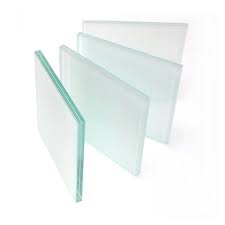
Laminated Glass
Laminated glass is a type of safety glass that is manufactured by bonding two or more layers of glass with an interlayer, typically made of polyvinyl butyral (PVB) or ethylene-vinyl acetate (EVA). This construction ensures that, if broken, the glass fragments adhere to the interlayer, reducing the risk of injury and maintaining the structural integrity of the window or door. Laminated glass is widely used in various applications, from automotive windshields to building facades, due to its enhanced safety and security features.
Benefits of Laminated Glass
In the event of breakage, the interlayer holds the glass pieces together, reducing the risk of injury from sharp shards.
Laminated glass is more difficult to penetrate than standard glass, providing enhanced protection against break-ins and vandalism.
The interlayer in laminated glass also acts as a sound barrier, significantly reducing noise pollution and creating a quieter indoor environment.
Laminated glass blocks a significant portion of harmful ultraviolet (UV) rays, protecting interiors from fading and prolonging the lifespan of furnishings and fabrics.
It is resistant to impact, weathering, and structural stress, making it a long-lasting option for various applications.
Available in a range of thicknesses, colors, and finishes, laminated glass can be customized to meet specific aesthetic and functional requirements.
Laminated glass can be combined with other energy-efficient technologies, such as low-emissivity coatings and insulating glass units, to enhance thermal performance and reduce energy costs.
Often required by building codes for certain applications, laminated glass ensures compliance with safety and security regulations.

